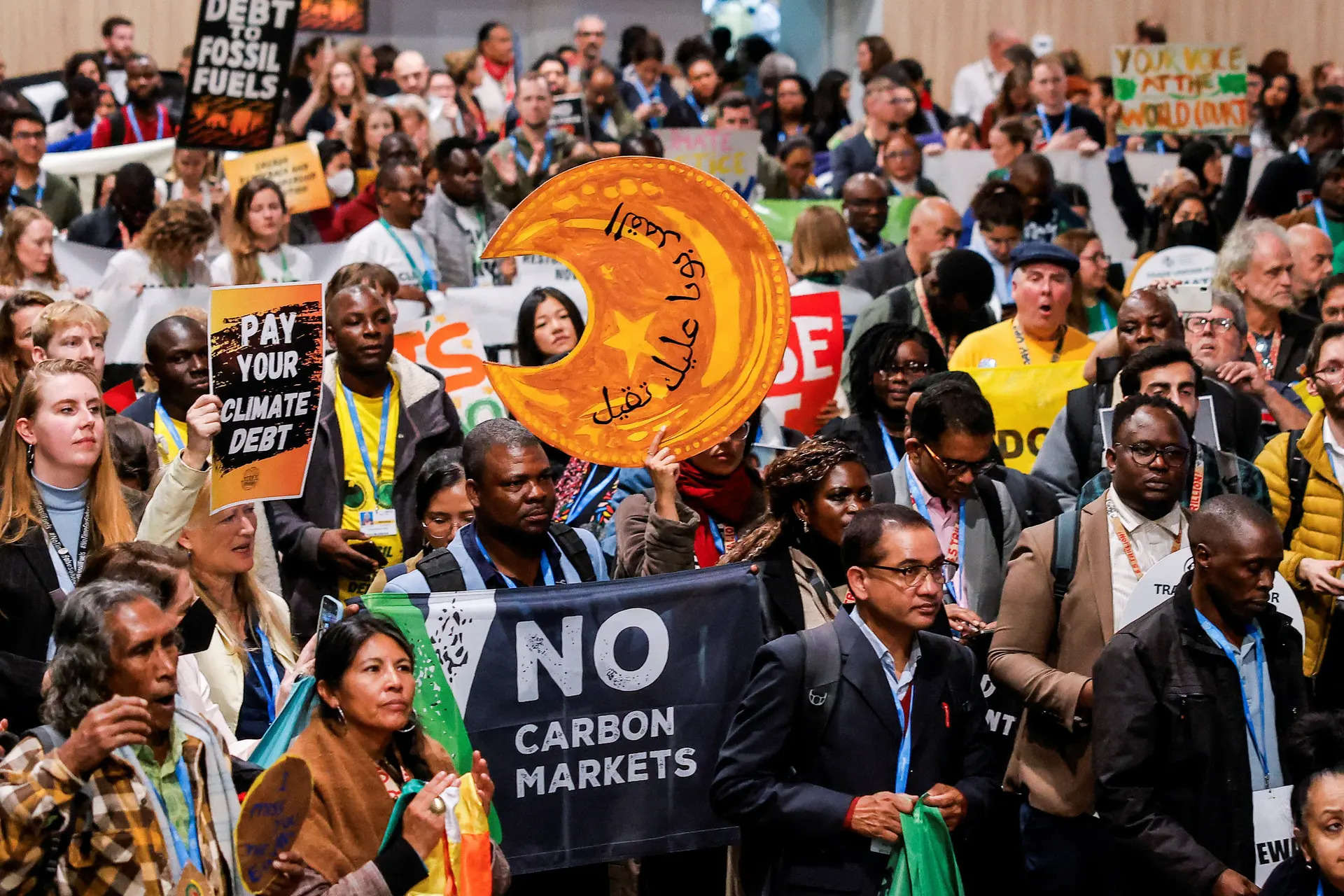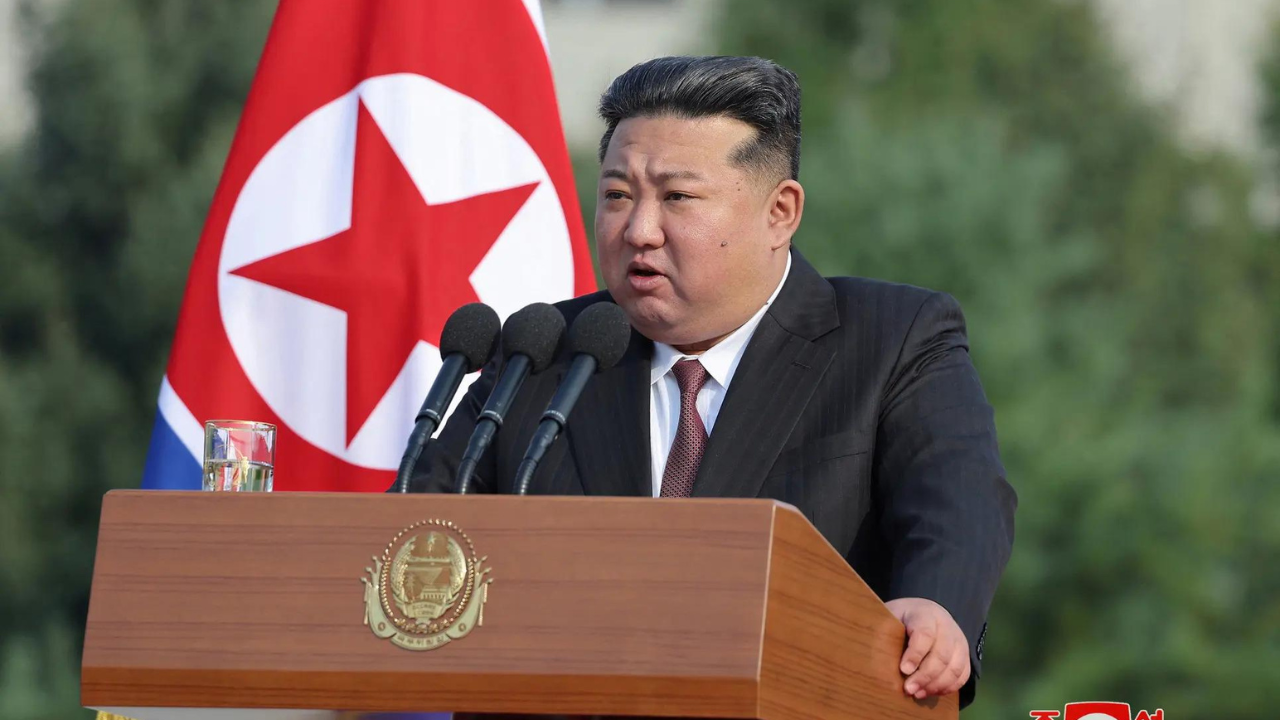
A BUSINESS group has revived a call for the appointment of a traffic czar to address Metro Manila's traffic, recently tagged by a location technology firm to be the worst in the world.
The Philippines made the headlines anew this month after Dutch multinational Tomtom NV's 2023 Traffic Index listed travel times in the metropolis as the slowest among 387 cities worldwide.
Vehicles are seen slowing down to a crawl along EDSA at the Estrella - Guadalupe area in Makati. PHOTOS BY J. GERARD SEGUIAWith the traffic issue back in the limelight, the Management Association of the Philippines (MAP) — which also called for the appointment of a traffic czar in 2015 — on Monday issued a statement offering recommendations to resolve what it said was a "crisis."
"The title of having the worst traffic in the world is affirmation of a known fact that has greatly cost the economy and damaged the welfare of the people," the business group said.
A comprehensive approach is needed to solve the problem, and current policies and practices will have to be revised to "reflect the reality that road space is a finite public resource which must be judiciously and efficiently used to move people, instead of private vehicles," it added.
In addition to a traffic czar, the MAP called for the adoption of measures such as congestion charges for private cars, peak/off-peak pricing for public transport, and the relocation of national government offices to Clark in Pampanga.
Failed traffic management is responsible for the traffic crisis, the MAP said, particularly noting that a decision to add more road space for private vehicles instead led to more cars on EDSA, Metro Manila's main highway.
"[T]he MAP recommends, as a first step, the declaration of a traffic crisis and the appointment of a new traffic management team to be headed by a traffic czar appointed by the President and vested with full powers and authority to mobilize, direct and deploy existing relevant resources of the government, both national and local, during the exigency of this crisis," it said.
An identical call made during the Aquino administration was rejected by Malacañang, which at that time said the traffic mess could be solved by improved coordination between responsible agencies.
It should be noted that the MAP in 2015 wanted then-president Benigno Aquino 3rd to name Cabinet secretary Rene Almendras as traffic czar.
The MAP is now chaired by Almendras, who signed Monday's statement along with MAP transportation and infrastructure committee chairman Eduardo Yap.
Metro Manila, the business group said, should now be divided into four traffic management zones with respective managers who will report to the traffic czar.
The Mabuhay Lane scheme, wherein roads are designated as alternate routes to relieve traffic on EDSA and other highways such as C-5, should also be revived and the routes kept clear of obstructions.
Other traffic management recommendations include:
– limiting left turns and crossings by vehicles;
– disallowing u-turns, except in suitable locations;
– creation of a rapid response team to clear choke points;
– requiring high-passenger occupancy in high-density zones such as schools and event venues;
– requiring off-street drop-offs and boarding lanes; and
– strictly enforcing no loading and unloading on major routes where schools are located.
The MAP also called for compliance with the National Transport Plan, in place since 2017, with regard to prioritizing mass transport over private vehicles.
Road space should be prioritized for busways; sidewalks and cycling networks should be created and expanded; peak/off-peak pricing be implemented on public transport; road congestion charges be imposed on private cars; and bus and jeepney routes be rationalized.
The busway system on EDSA, meanwhile, should be completed and privatized, and the scheme replicated on other major roads. A shift to clean energy systems should also be implemented, among other measures, to further improve the system.
As for the Metro Rail Transit Line 3 and Light Rail Transit Line 2, these should be privatized to improve services and capacity.
To decongest the metropolis, the MAP said all national government offices should be moved to New Clark City, a proposal previously raised during the Aquino presidency and further pushed during the Duterte administration but yet to see much progress to date.
To complement the road network, passenger ferry systems should be developed for the Pasig River and Laguna Lake, while roll-on, roll-off ferry services should be established to and from Cavite and Bataan.
Other infrastructure measures proposed include more bridges over the Pasig River; more on- and off-ramps on elevated roads; additional exit and entry points at the South and North Luzon expressways; flood control measures; and incentives for the construction of dedicated parking buildings.
"This traffic crisis is highly detrimental to the people and the economy," the MAP said, adding that "no effort must be spared to expeditiously provide relief to our people and economy."
"The crisis can be mitigated with strong political will, competent management with resolute short, medium and long-term measures."
Read The Rest at :








